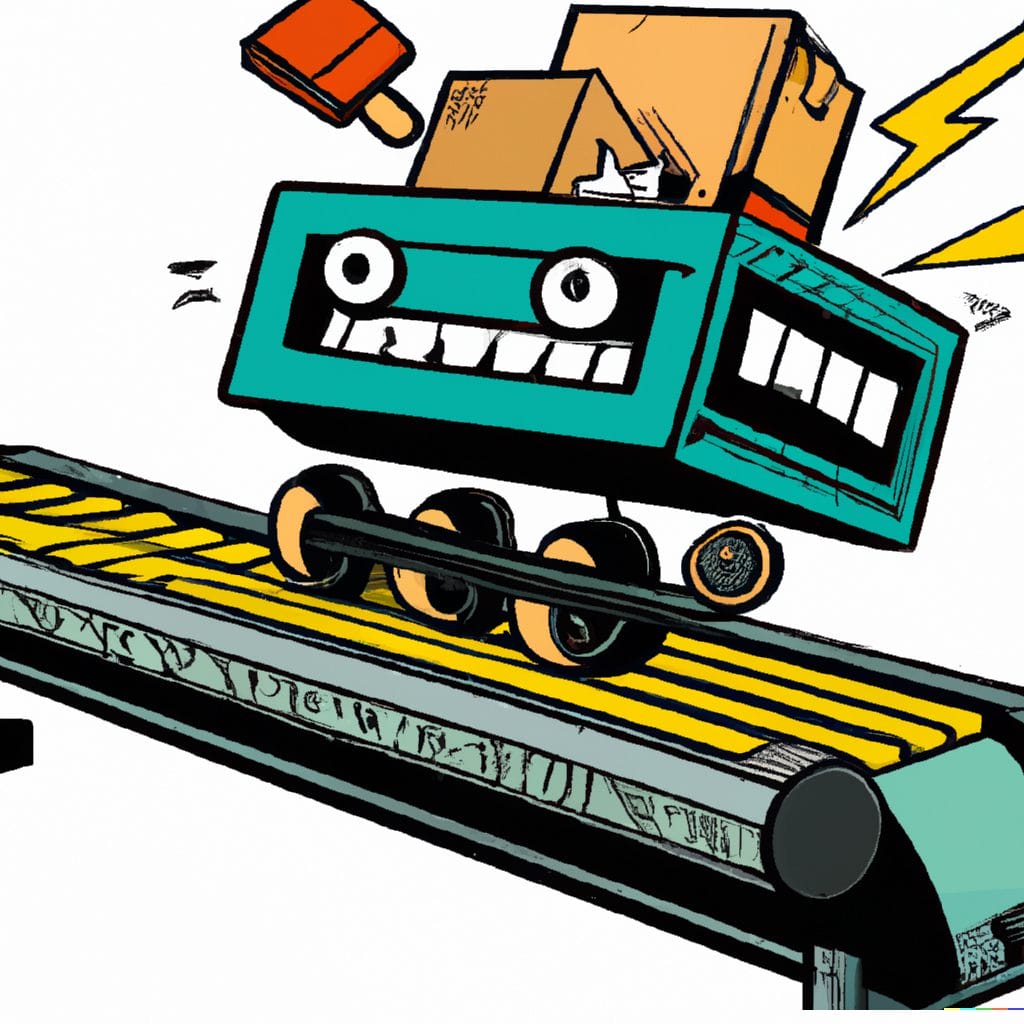Translation automation and localization play a vital role in the age of rapid digital transformation, as the world is becoming increasingly connected. The importance of adapting content to resonate with diverse audiences has never been greater. At the heart of this global convergence is the localization process and translation automation pivotal. Let’s delve deeper.
Traditional Localization Approach
Historically, the localization process was predominantly manual. It entailed human translators meticulously translating content file by file. This approach, while effective in maintaining cultural nuances, often proved time-consuming, labor-intensive, and costly. However, with technological advancements, this methodology has seen a significant shift.
Automatic or Automated Translation: Understanding the Difference
Automatic translation is using software to translate content without human intervention. Unlike traditional methods, it integrates technology at various stages of the translation process to accelerate outputs and enhance quality.
The terms “automatic” and “automated” translation, though frequently used synonymously, hold distinct meanings. “Automatic” pertains to translating utilizing a system, while “automated” speaks to the streamlined or systematized process. More simply, automatic addresses the “what” (the act of translating), and automated tackles the “how” (the method or procedure).
With automatic translation, there’s no need for involvement from teams like marketing, as it operates autonomously. In contrast, automated translation combines multiple steps that require human involvement, including translators, and might need external prompts, like software triggers, to optimize outcomes. Despite these distinctions, automatic translation offers several automation forms, simplifying tasks, refining translation workflows, and facilitating the ease of creating multilingual content.
Automatic Translation vs. Machine Translation
People often confuse automatic translation with machine translation as if they mean the same thing. While they’re closely related, they aren’t identical. Machine translation (MT) is a subset of automatic translation. It involves using a translation engine to convert text from one language to another without human intervention. Globalization and Localization Association (GALA) distinguishes three types of machine translation methods:
- “Rules-based machine translation uses grammar and language rules developed by language experts, as well as customized dictionaries.
- Statistical machine translation learns how to translate by analyzing many existing human translations.
- Neural machine translation teaches itself how to translate using an extensive neural network. This method is becoming increasingly popular as it often provides the best results.”
For example, Microsoft, DeepL, and Google offer free translation engines for instant text translation between languages.
In contrast, automatic translation is broader and encompasses machine translation but also includes pretranslations from prioritized translation memories with various levels of fuzzy matching. Additionally, it adds aspects of process automation, such as workflow management, which streamlines the sequence and progression of tasks. Machine translation gives the initial translation layer to fill in untranslated gaps. In contrast, automatic translation takes this base layer and incorporates steps like revision and post-editing, SEO, and adding the previously translated content back to the newly translated content.
In essence, machine translation is just one component of the broader automatic translation process.
What Does Automatic Translation Entail?
Automatic translation is more than substituting words from one language to another through software. At its core, it merges technology with linguistics to produce contextually accurate translations. This involves a series of steps and components.
- Workflow Automation: This streamlines the entire translation procedure, ensuring tasks are allocated efficiently and completed sequentially.
- Repetitive Manual Tasks Reduction: Automated tools can recognize repeated phrases or sentences, translating them consistently without requiring rework.
- Translation Memory: A database that stores translated segments (sentences or phrases) of previously translated content. Future translations can reference this memory to ensure consistency and speed.
- Multilingual SEO: Optimization of content for search engines across various languages, ensuring that content ranks well regardless of the language or region.
- Content Integration: Appropriate translation workflow for each content type is necessary for the smooth execution of any large-scale localization projects. Automated translation achieves them by utilization of plugins or with API.
- Content Customization: This involves tailoring content based on regional preferences, holidays, or local events, ensuring that the content feels personalized and relevant to each specific audience.
Benefits of Automatic Translation
Automatic translation offers numerous benefits. These include:
- Speeds up the translation process: Automatic translation provides faster results than manual efforts.
- Reduces costs: By minimizing the reliance on manual translation, businesses can save significantly.
- Ensures consistency: Across large volumes of content, uniformity is maintained.
- Rapid adaptation to new markets: Businesses can swiftly target and adjust to emerging audiences.
- Efficient localization of large projects: With translation memories and automated tools, sizable websites or content repositories can be efficiently localized.
Automate Your Translations with TextUnited
As globalization continues to break down barriers, the role of automatic translation in the localization process will only become more pronounced. Embracing these advancements not only ensures that businesses remain competitive but also that they foster genuine connections with their diverse audiences.
If you’re keen to harness the power of automatic translation, tools like TextUnited can be invaluable. TextUnited seamlessly integrates with your content sources, streamlining the translation workflow. Its comprehensive features, from machine translation to enterprise-grade translation memory and workflow automation, ensure that your localization initiatives run smoothly, promptly, and within a budget.

